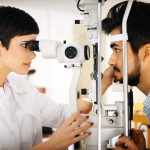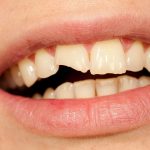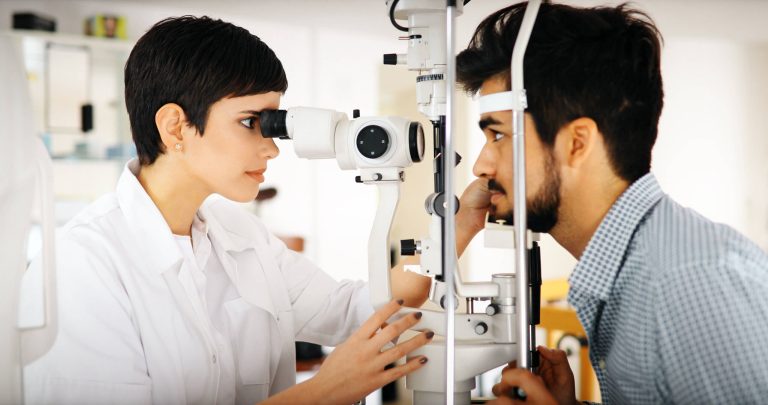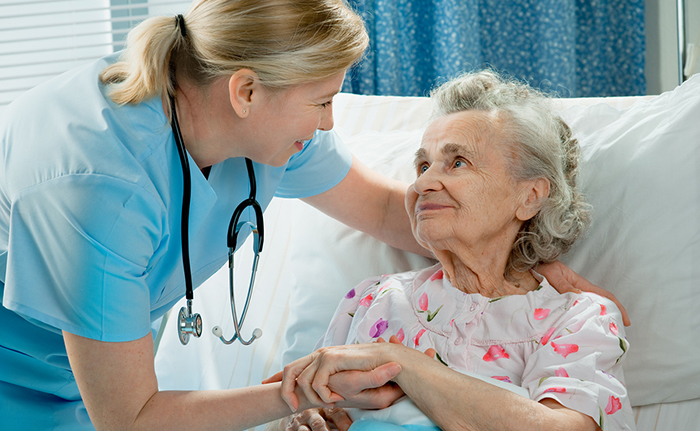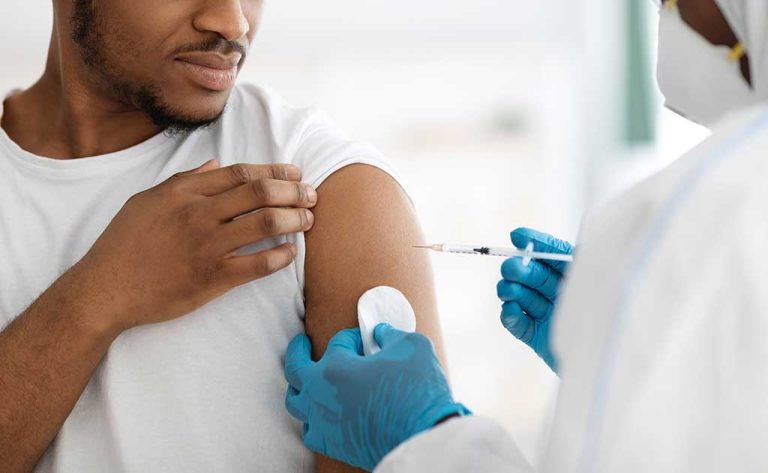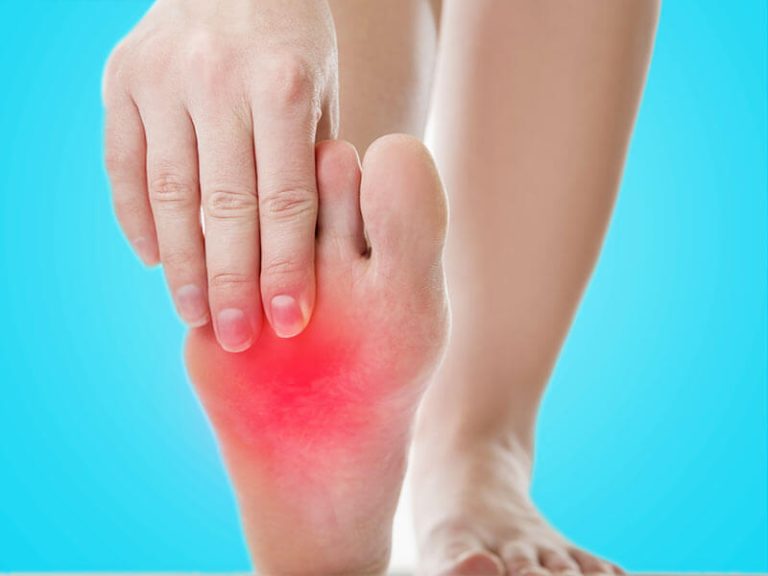Day: January 25, 2024
How an Addiction Medicine Specialist Could Help You
Introduction Addiction is something that affects many and for some, it can feel as though there is no way out. However, this need not be […]
Is It Lupus?
Lupus is a condition that involves an immune system turning against part of the body. It can appear at any point in a person’s life […]
Preparing for Laser Hair Removal
Laser hair removal involves a lot more than just zapping hair off. It is a medical procedure with a lot of benefits. Some of its […]
Chiropractic Care at Pro Rehab Chiropractic and Rehabilitation
If you are looking for a Middletown, DE chiropractor, you have come to the right place. Pro Rehab Chiropractic and Rehabilitation offers more than chiropractic […]
Quality and Personalized Treatment for Foot and Ankle Conditions
Feet are complex in structure, consisting of many bones, small joints, muscles, nerves, tendons, and ligaments. For some people, foot complications come and go without […]

